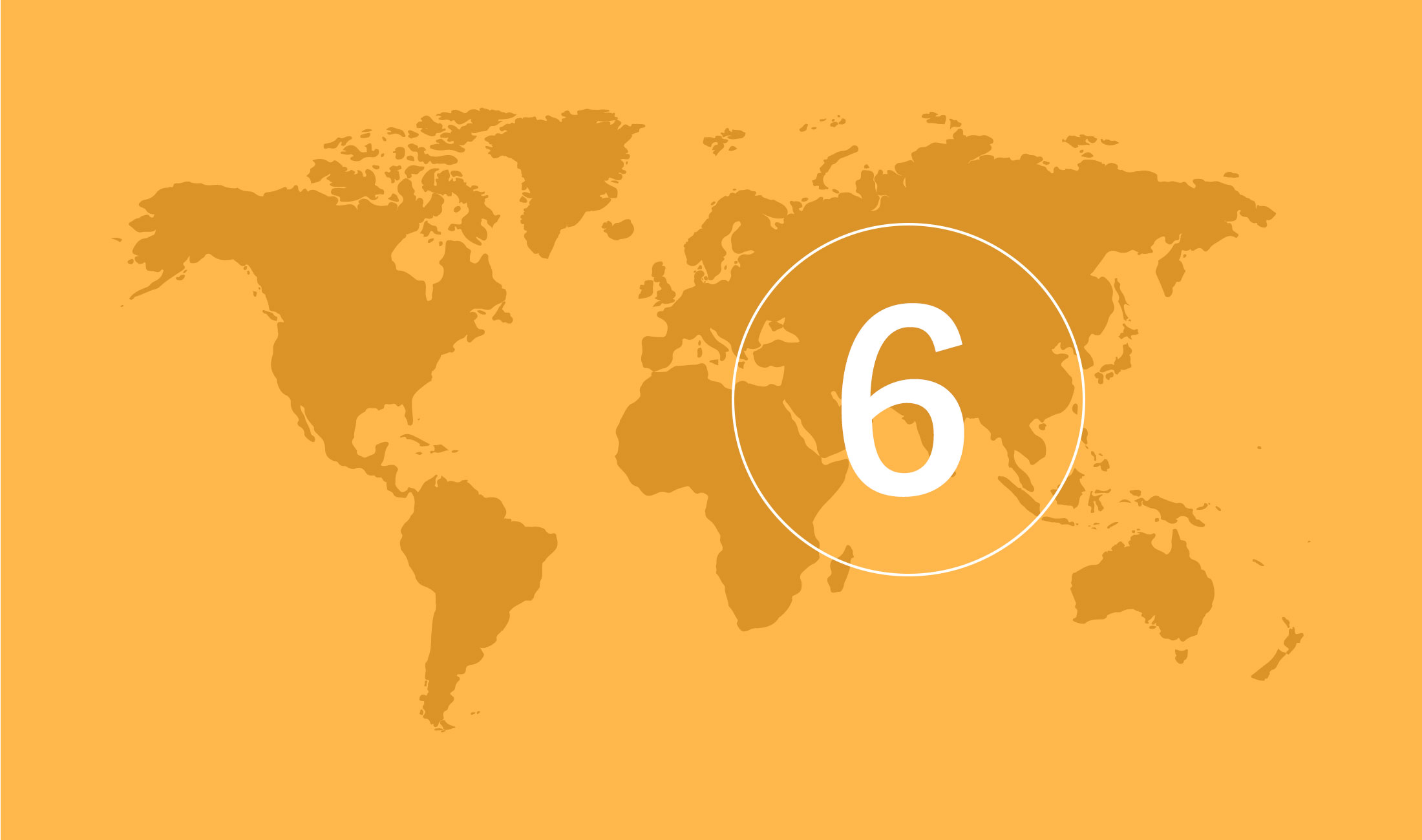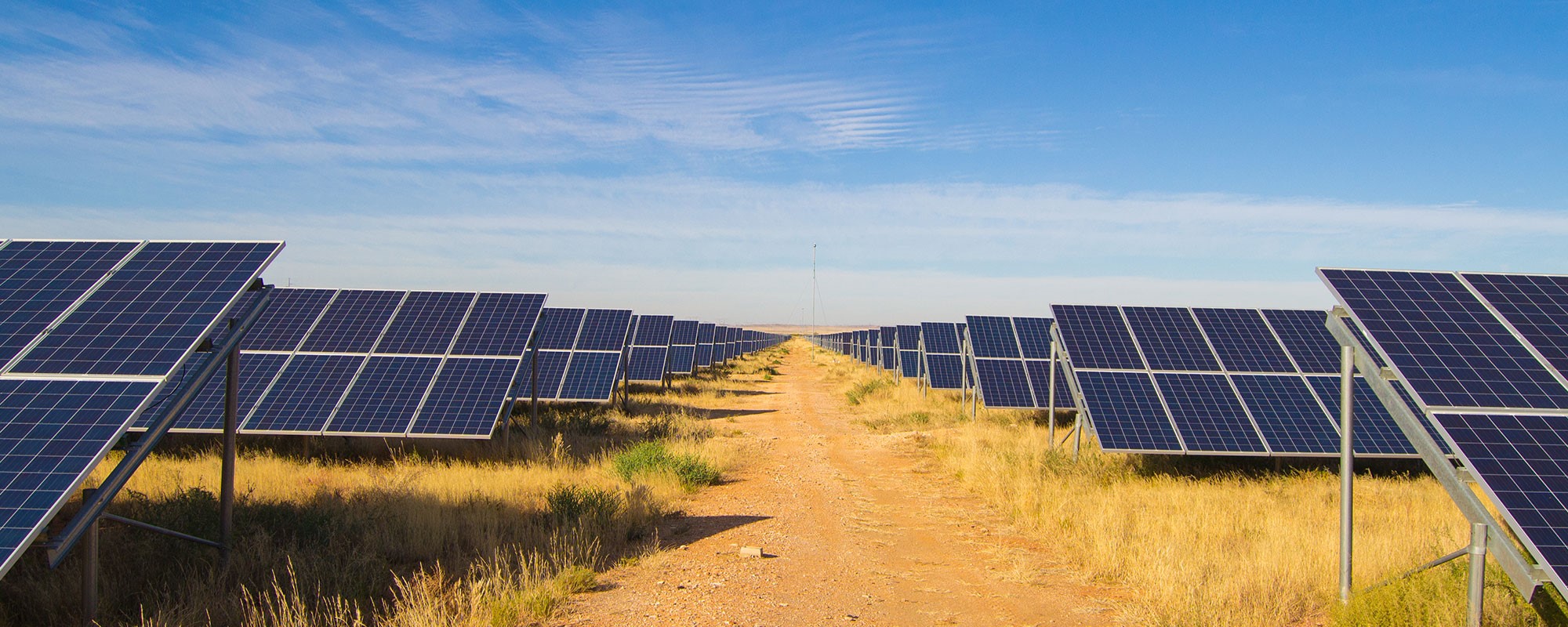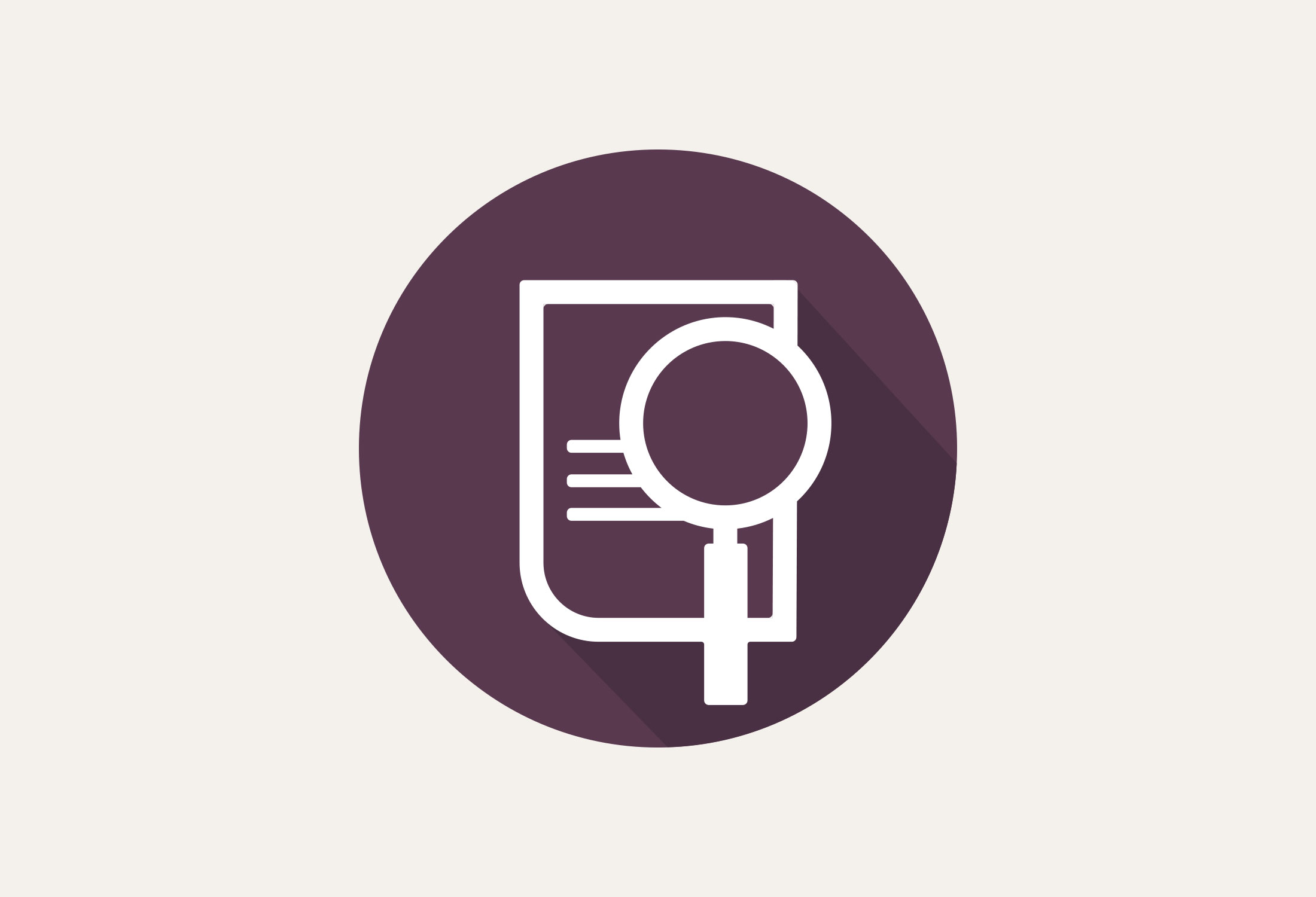
Angola
Category
6
- 0
- 1
- 2
- 3
- 4
- 5
- 6
- 7
| Risk type | Short | Long |
|---|---|---|
| Sovereign |

|

|
| Public |

|

|
| Bank |

|

|
| Corporate |

|

|
The icons indicate EKN's risk assessment.

No policy established

Normal risk assessment

Restrictive risk assessment

Normally off cover

OECD or EU countries
Country risk analysis
Country risk analysis archive
Country Risk Analysis of Angola
The latest Country Risk Analysis of Angola was issued in June 2024.
Background
The Angolan economy is dependent on the oil sector, which accounts for almost one third of GDP, over 90 per cent of exports and almost 60 per cent of government revenue. High oil prices combined with a reconstruction boom following the end of the civil war in 2002 led to very strong economic growth in the early 2000s. Angola therefore occupies a mid-position in sub-Saharan Africa in terms of GDP per capita. This positive development came to an end with falling oil prices in 2015 and 2020, leading to an economic downturn, a highly volatile currency and considerably weaker public finances. During this period, EKN downgraded Angola from country risk category 5 to country risk category 7.
It was not until June 2023 that, in light of higher oil prices and reforms, the country was upgraded to country risk category 6. Under President João Lourenço and Minister of Finance Vera Daves, currency reform and privatisation of the state-dominated economy have been initiated. Since 2018, the Program to Support Production, Export Diversification, and Import Substitution (PRODESI) has been implemented with some success, and certain measures have been taken to reduce corruption. In addition, VAT and a new fiscal framework have been introduced.
The susceptibility of the economy to fluctuations in oil prices and production and the global trend towards greater use of renewable energy continue to pose a significant credit risk to investment in the country. Angola is a high-cost oil producer with limited institutional capacity to transition. A large agricultural sector and low income level leaves the country highly vulnerable to drought, storms and fires. The country’s institutions are among the weakest in the world, which is reflected in the low ranking in the World Bank’s Worldwide Governance Indicators (WGIs).
This limits the ability to manage a high level of sovereign debt and external debt, as well as external shocks. The capacity of Angola’s sovereign wealth fund, Fundo Soberano de Angola (FSDEA), and macroeconomic frameworks to deal with oil price fluctuations is limited. FSDEA is too small to make a significant difference when oil prices fall, and the state lacks the financial resources to sufficiently capitalise the fund. Consequently, significant fluctuations in government finances and hard currency availability will be a natural part of the economy for the foreseeable future.
Approximately 80 per cent of government loans are in foreign currency, hence falling exchange rates have a significant impact on the public debt in Angolan kwanza. Unemployment was approximately 30 per cent in 2023, rising to 50 per cent among young people. In terms of economic diversification, soaring unemployment, income inequality and very weak institutions, only minor changes are anticipated in the coming years.
Mixed development in 2023/24
Development over the past year with regard to risks in Angola has been mixed. Oil prices of just over USD 80 per barrel (Brent) through 2023/24 have offered general support to the economy and brought in all-important hard currency. In 2023, this resulted in a current account surplus equivalent to 3 per cent of GDP, which is expected to rise to 4 to 5 per cent in the coming years. International reserves in the central bank, Banco Nacional de Angola, remain at an adequate level, covering around seven months of imports.
That said, the kwanza lost 40 per cent of its value against the US dollar in May and June 2023 when the Angolan Treasury stopped selling hard currency on the foreign exchange market. This was largely due to large external payment obligations, which increased during 2023 when China’s temporary moratorium on debt repayments expired. As a consequence, public debt increased to the equivalent of 85 per cent of GDP in 2023, inflation climbed to 22 per cent and hard currency in the banking sector tightened.
Production problems in the oil sector in early 2023 further slowed growth to 0.5 per cent. The production problems were largely due to the fact that planned maintenance and repairs to oil fields took several months longer than anticipated. According to the IMF, the subsequent decline in oil exports led to a six percentage-point increase in the current account deficit, demonstrating the vulnerability of Angola’s oil-based economy.
Economic growth is however expected to recover in the coming years. The economy is expected to grow by an average of around 3 per cent annually during the period 2024–2026, significantly higher than the average for the last five-year period. Oil production is likely to recover to around 1.1 million barrels a day, which is roughly the average for the last three years. That said, the non-oil-based economy – such as agriculture, the fishing industry and diamond production – accounts for most of the growth. The kwanza has stabilised at just over 800 kwanzas to one US dollar since the exchange rate collapse in mid-2023, hence the expectation that inflation will gradually decrease towards 8–9 per cent.
As the economy recovers, public debt as a percentage of GDP is expected to decrease once again during the period 2024–2026. It appears that the government remains dedicated to its reform agenda, including the National Development Plan for 2023–2027, of which stable government finances and diversification of the economy are central pillars. The long-term objective of the plan is a public debt of no more than 60 per cent of GDP. The Treasury has acted in accordance with the National Development Plan in 2023/24, even though the measures taken have been complicated and slow-moving.
Phase one of the abolition of fuel subsidies was implemented in 2023, when petrol prices were increased from 160 kwanzas to 300 kwanzas per litre, leading to some protests and rising inflation. Diesel subsidies were also reduced in April 2024. All in all, the abolition of fuel subsidies is expected to reduce the state’s costs by the equivalent of approximately 2 per cent of GDP.
The Treasury’s response to falling oil revenue and the sharply devalued currency was to make budget cuts corresponding to approximately 3 per cent of GDP during 2023, signalling a restrictive stance. On the advice of the IMF, the budget is also based on a projected oil price of USD 65 per barrel, rather than the USD 75 per barrel used in the previous budget. This implies a budget surplus of 2–3 per cent in 2024–2026 and an anticipated decrease in public debt to 50–60 per cent of GDP.
On the external side, government payment commitments will increase over the coming years. This will contribute to a high interest to revenue ratio of just over 25 per cent for the period 2024–2026. As such, Angola remains dependent on external support, not least from its largest bilateral creditor, China, which accounts for 40 per cent of the total external public debt. In May 2024, Angola reached agreement with the China Development Bank (CDB) to release USD 150–200 million each month from the country’s escrow account to ensure the country can prepay some debt over the next 12 months. This agreement demonstrates both Angola’s continued need for debt relief to meet external payments and the continued willingness of Chinese creditors to extend relief.
The rapid rise in external, almost exclusively public debt over the past decade has levelled off. Indeed, measured in US dollars, Angola’s external debt is declining for the first time since 2019. According to statistics compiled by the Boston University Global Development Policy (GDP) Center, Chinese loan commitments to Angola have also levelled off since 2018 in line with the general downward trend in Chinese lending to Africa. According to the GDP Center, Chinese loan commitments increased from USD 20 billion in 2015 to USD 45 billion in 2018, after which no new commitments have been made. On the other hand, it appears that many of the major European export finance institutions have regained their risk appetite when it comes to large infrastructure projects, such as solar energy.
Overall, this mixed risk development cements Angola’s position at the lower end of country risk category 6. In the long term, the multi-year positive trend in government finances and the economy is expected to resume. However, the volatility witnessed in the latter part of 2023 clearly shows the risks inherent in the economy.
Business environment
The business and regulatory environment in Angola is very difficult due to a high inflation rate, high wage costs, extensive bureaucracy, high levels of corruption and weak public institutions. The legal system is weak, burdened by corruption and politically influenced. Some improvement has been seen under President João Lourenço (2017–) and there has been a generally positive trend in WGIs over recent decades. This is particularly true of the WGI Control of Corruption, where the country has improved from a percentile rank of 4.8 in 2016 to 30.7 in 2022.
There has been a general improvement in hard currency liquidity among companies and banks, although liquidity was tightened again in 2023/24. Since 2020, there has been a foreign exchange market where the Treasury, oil companies, banks and insurance companies can trade without having to turn to the central bank as before. An import license is required to secure hard currency, but otherwise the regulations are now relatively lax. There is no requirement for exporting companies to sell hard currency to the central bank, and the previous requirement for a letter of credit for import transactions was abolished in autumn 2020.
The market is however fragmented, which was noticeable when the Treasury stopped selling hard currency in June 2023. While banks with significant exposure and outstanding claims against the oil industry retained relatively good hard currency liquidity, smaller banks in particular were badly affected. The expectation is that the government will continue to prioritise its external payment obligations, which will mean continued weak hard currency liquidity for companies and banks despite the current account surplus and adequate international reserves.
The Euro dominates over the US dollar, partly because of the connection to Portugal, but also because few banks have correspondent banking relationships in the US and US dollar clearing is problematic. Angola has still not ratified the IMF’s Article VIII, which means the kwanza is not fully convertible abroad (all conversion must take place domestically).
EKN’s policy
While open to sovereign risks, EKN is restrictive due to significant exposure to public risks. For other public risks (e.g. government agencies, municipalities and cities), a letter of credit, bank or sovereign guarantee is required. For banks and companies, elevated premiums apply for long risk periods.
EKN’s commitment and experience
The demand for sovereign risk deals is high in Angola. The total exposure with outstanding guarantees is almost exclusively related to sovereign risk. At present there are five guarantees (energy, transport and transmission) with public buyers, plus one outstanding offer in transmission. In the private sector, exposure is mainly to the transport and construction sectors. EKN’s payment experience is very good in the transactions where guarantees have been issued, both on the public and private side, with one minor delay in the paper industry but no claims.
Angola has renegotiated its debts in the Paris Club on two occasions (1989 and 2006) without any formal debt write-offs. The 2006 agreement meant that Angola paid the entire outstanding debt early. Since then, the country has fulfilled its payment obligations in a timely manner. The other export credit agencies within the OECD continue to report good payment
experience in dealings with Angola.
Learn more about exporting to Angola

- Sustainability
Largest ever sub-Saharan solar project
Attractive financing helps Angola harness the power of the sun in a 370MW solar project with substantial Swedish deliveries by Hitachi ABB Powergrids to electrify rural areas and help combat climate change.
Largest ever sub-Saharan solar projectMore for companies that want to export to Angola

EKN's guarantees
EKN's guarantees reduce the risk of payment defaults and help banks support businesses. Which guarantee suits your needs?
EKN's guarantees
Guarantee guide
Are you unsure which guarantee is the best fit for your specific transaction? Try our guarantee guide.
Guarantee guide